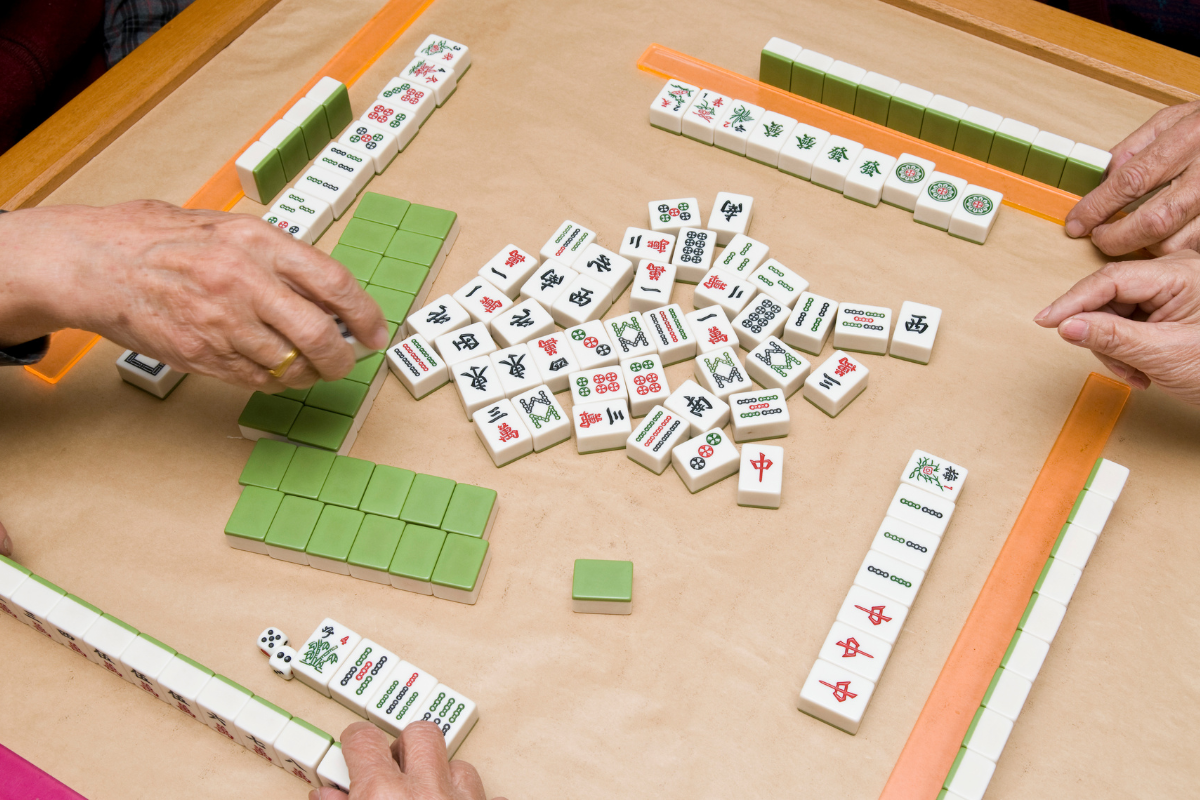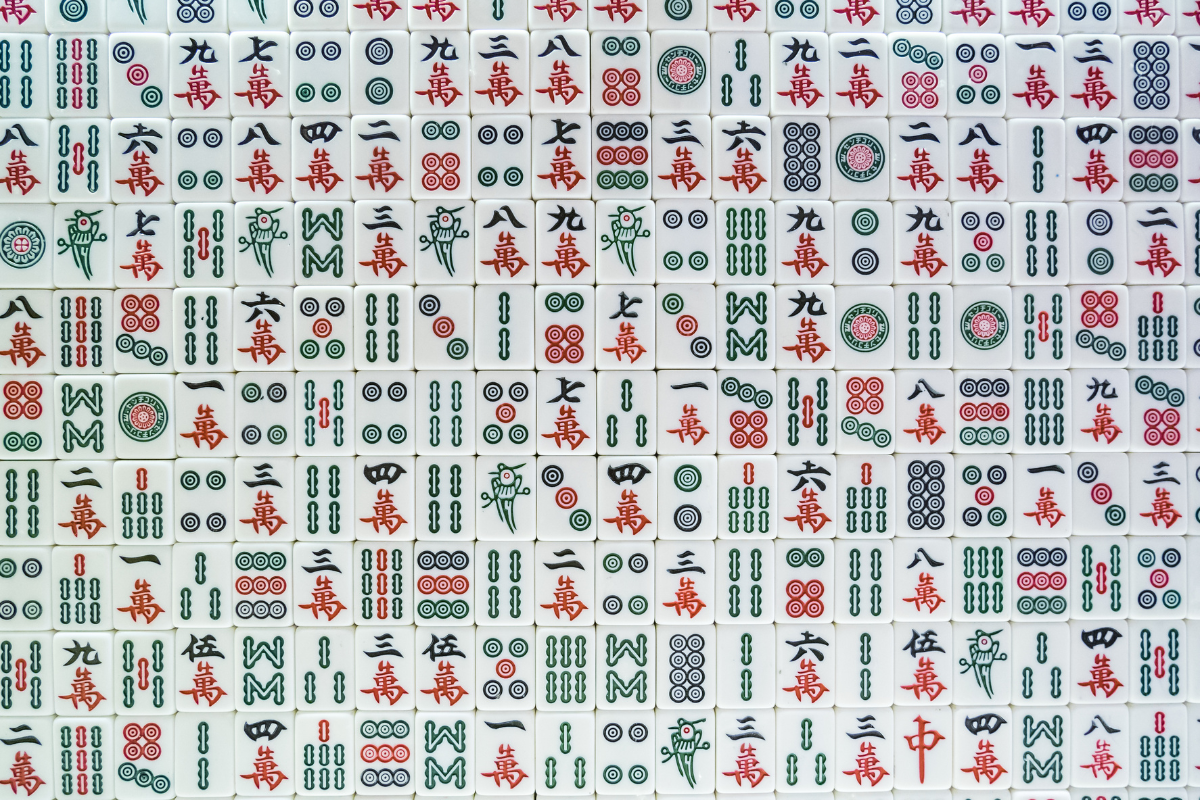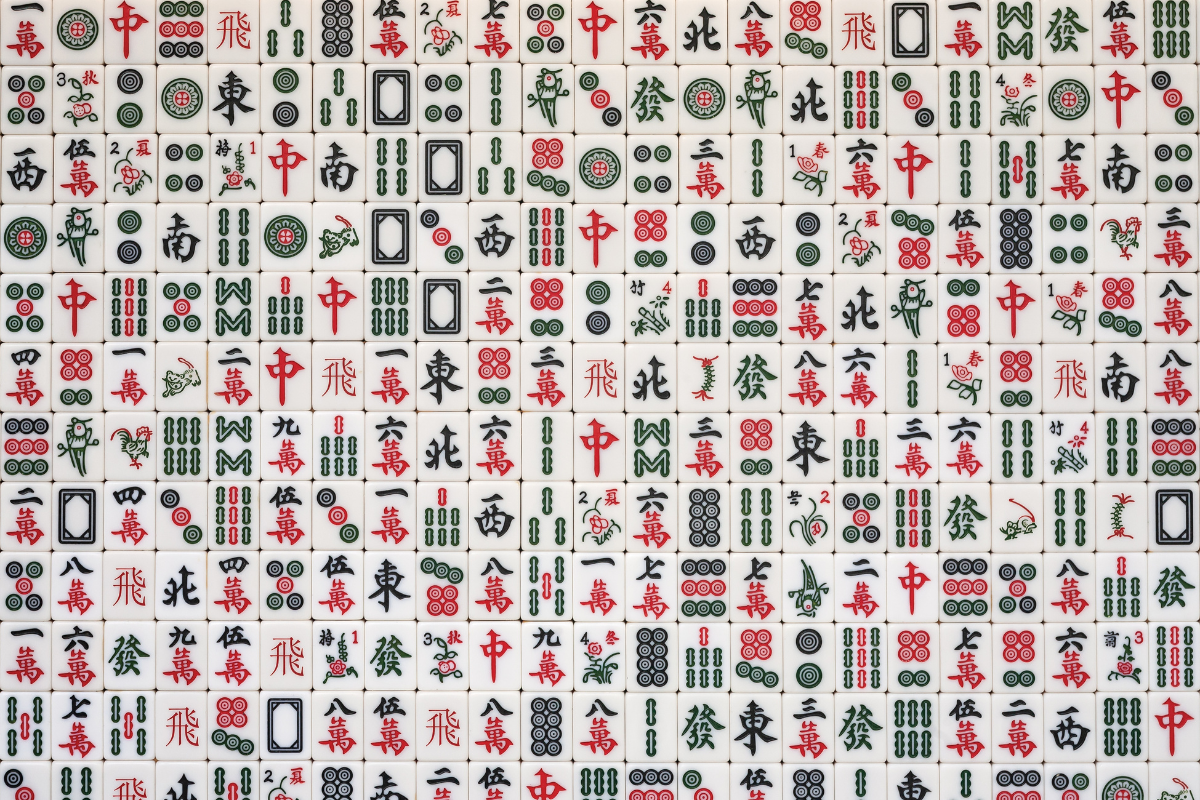Do you Know the Traditional Chinese Culture Embodied in Mahjong?
In China, during the holidays, people will gather around the mahjong table after eating. Whether it is visiting relatives and friends, or friends gathering, playing a few rounds of mahjong at home, it seems that there is a family atmosphere. And now, mahjong has crossed the sea and become a new way of entertainment for many overseas Chinese and foreigners.

Now our common mahjong is generally divided into two types:
One is the 136-piece mahjong popular in northern China and Sichuan Province, including 108 ordinal mahjongs(Wan, Bing,Tiao), 16 mahjongs representing directions and 12 wrigleys(Zhong, Fa and Bai).

The other is Fujian mahjong, adding "spring, summer, autumn, winter, plum, orchid, bamboo, chrysanthemum" eight flower cards, a total of 144.

People who have a little understanding of Chinese traditional culture all know that these mahjong in the plum, orchid, bamboo and chrysanthemum, respectively represent the four seasons of spring, summer, autumn and winter, and also represent the excellent personality quality, known as the Four Noble Men. The addition of eight flower mahjong also integrates the thought of "harmony between nature and man" in Chinese traditional culture into the mahjong game, reflecting the yearning for a better life.
There are usually three kinds of cards in mahjong: Tong, Tiao and Wan. The three ordinal cards correspond to each other: heaven, Earth and Human. Mahjong "Tong" can represent the sky "sun moon star", a total of 36, representing 36 plough; "Tiao" represents the mountains and rivers on the ground, "Wan" represents personnel, the number of "Tiao" and "Wan" add up to 72, a symbol of 72 earth evil, the total number of plough and evil is just 108, and the Water Margin has 108 heroes, Buddha beads are 108, people have 108 kinds of trouble. 108 heroes gathered from all directions to Liangshan, so add Dong, Xi, Nan, Bei, and Zhong, each add 4 cards, a total of 20, these heroes have "rich and poor" strata." Bai,Fa and Zhong", this is "Tao born one, one born two, two born three, three born all things." "Bai" is blank, the initial stage of all things, representing "one"; When all things begin to develop, it is "Fa", which represents two; When the development reaches the middle stage, it is "Zhong", representing three; Then from the middle outward development, the development of the "Dong Nan Xi Bei" four directions, coupled with the "Zhong", there are five elements.And each ordinal card has a total of nine, such as "Tong" is from "one Tong" to "nine Tong". So why nine? In the Book of Changes, nine is the number of the anode, whether in the sky, the earth, hell, are the number nine as the largest number, it represents infinity.
On a mahjong table, when playing cards, two dice determine the opening, Tai Ji has two instruments, two instruments have four images, and four images set the position.

Mahjong game in which everyone is equal, both contain each other and independent development, maintain a balanced relationship. So mahjong has also become a social tool in Chinese society. Whether it is a long time have not seenfriends and relatives, or just met newfriends, you can quickly become familiarwith the topic related to mahjong.
Keywords:
1,Mahjong not only shows the wisdom of Chinese people, but also shows the cultural characteristics of Chinese people, so it is one of our national treasures.
麻将不但展现了中国人的智慧,也表现了中国人的文化特征,所以说它是我们的国粹之一。
má jiàng bù dàn zhǎn xiàn le zhōng guó rén de zhì huì , yě biǎo xiàn le zhōng guó rén de wén huà tè zhēng , suǒ yǐ shuō tā shì wǒ men de guó cuì zhī yī 。
2,In China, during the holidays, people will gather around the mahjong table after eating.
在中国,逢年过节,人们吃完饭转头就会坐上麻将桌。
In China, during the holidays, people will gather around the mahjong table after eating.
zài zhōng guó , féng nián guò jié , rén men chī wán fàn zhuǎn tóu jiù huì zuò shàng má jiàng zhuō 。
3,In Manhattan, playing mahjong has become a popular social activity for the upper classes
在曼哈顿,搓麻将成为了上流社会的一种热门社交活动。
zài màn hā dùn , cuō má jiàng chéng wéi le shàng liú shè huì de yī zhǒng rè mén shè jiāo huó dòng 。